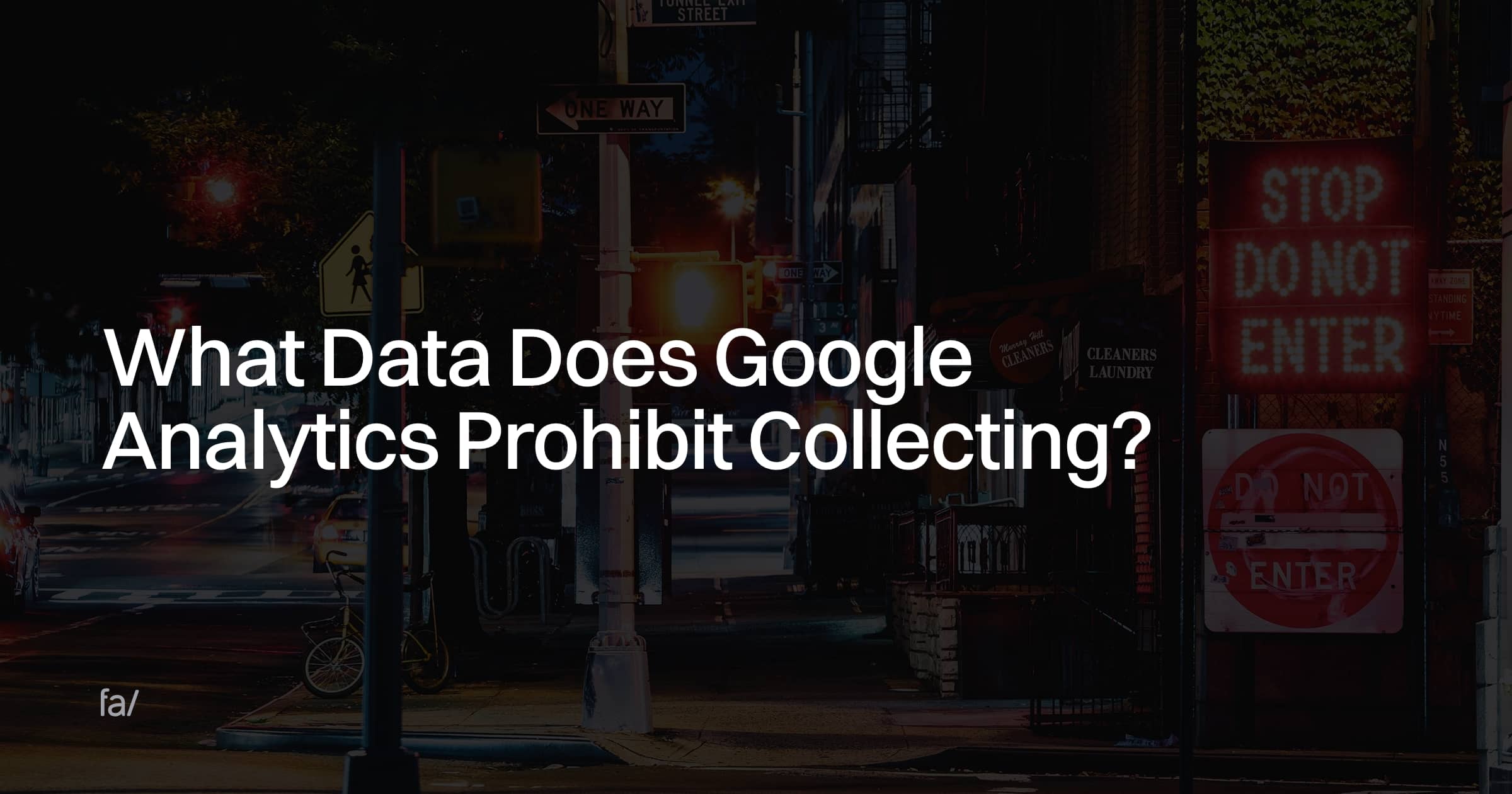Understanding the Rules: What Data Does Google Analytics Prohibit Collecting?
Understanding the Rules: What Data Does Google Analytics Prohibit Collecting?
Blog Article
Grasping the Art of Overcoming Information Collection Limitations in Google Analytics for Better Decision-Making
In the realm of digital analytics, the ability to extract significant understandings from data is critical for notified decision-making. By using innovative techniques and calculated strategies, organizations can raise their information high quality, unlock concealed understandings, and pave the method for more educated and efficient choices.
Data Top Quality Analysis
Data quality analysis includes examining numerous facets such as accuracy, efficiency, uniformity, and timeliness of the information. One vital element to think about is information precision, which refers to how well the data reflects the real values of the metrics being gauged.
Completeness of information is an additional vital variable in evaluating information top quality. It includes guaranteeing that all required data factors are gathered and that there are no voids in the information. Insufficient information can skew analysis results and hinder the ability to obtain a thorough view of customer actions or site efficiency. Uniformity checks are likewise important in data quality assessment to identify any type of discrepancies or anomalies within the data collection. Timeliness is equally important, as obsolete information may no more matter for decision-making procedures. By prioritizing data high quality assessment in Google Analytics, businesses can improve the reliability of their analytics reports and make even more enlightened choices based on exact understandings.
Advanced Monitoring Techniques
Utilizing sophisticated monitoring strategies in Google Analytics can significantly boost the deepness and granularity of information gathered for more extensive analysis and understandings. One such technique is occasion monitoring, which enables for the tracking of specific interactions on a web site, like clicks on switches, downloads of documents, or video views. By carrying out event monitoring, services can get a much deeper understanding of user habits and involvement with their on-line content.
In addition, personalized dimensions and metrics provide a way to customize Google Analytics to certain business requirements. Personalized measurements enable the creation of new information points, such as customer duties or customer sectors, while customized metrics make it possible for the tracking of special efficiency indications, like revenue per customer or average order value.
Moreover, the use of Google Tag Supervisor can streamline the application of monitoring codes and tags across a site, making it simpler to handle and deploy sophisticated tracking configurations. By using these advanced monitoring strategies, services can unlock useful insights and optimize their on the internet approaches for far better decision-making.
Custom-made Measurement Implementation
To boost the depth of information collected in Google Analytics past sophisticated tracking methods like event monitoring, companies can apply custom-made dimensions for even more tailored insights. Personalized measurements enable companies to define and gather particular information points that pertain to their one-of-a-kind goals and objectives (What Data Does Google Analytics Prohibit Collecting?). By appointing customized measurements to various aspects on a web site, such as customer communications, demographics, or session information, services can get an extra granular understanding of how users engage with their on-line residential or commercial properties

Acknowledgment Modeling Techniques
By using the ideal attribution design, organizations can precisely associate conversions to the suitable touchpoints along the customer trip. One typical attribution version is the Last Interaction design, which provides credit history for a conversion to the last touchpoint a customer engaged with prior to transforming.

Data Testing Avoidance
When dealing with large volumes of information in Google Analytics, overcoming information tasting is crucial to ensure accurate understandings are acquired for educated decision-making. Data tasting takes place when Google Analytics approximates patterns in data rather websites than examining the full dataset, possibly leading to skewed outcomes. By taking these proactive steps to minimize data sampling, services can draw out extra accurate insights from Google Analytics, leading to better decision-making and improved overall efficiency.
Final Thought
In conclusion, mastering the art of getting rid of data collection restrictions in Google Analytics is important for making notified decisions. By performing a detailed data top quality assessment, applying innovative tracking methods, utilizing personalized measurements, utilizing attribution modeling methods, and avoiding information sampling, companies can ensure that they have trusted and precise data to base their decisions on. This will eventually lead to more effective techniques and better end results for the company.

Report this page